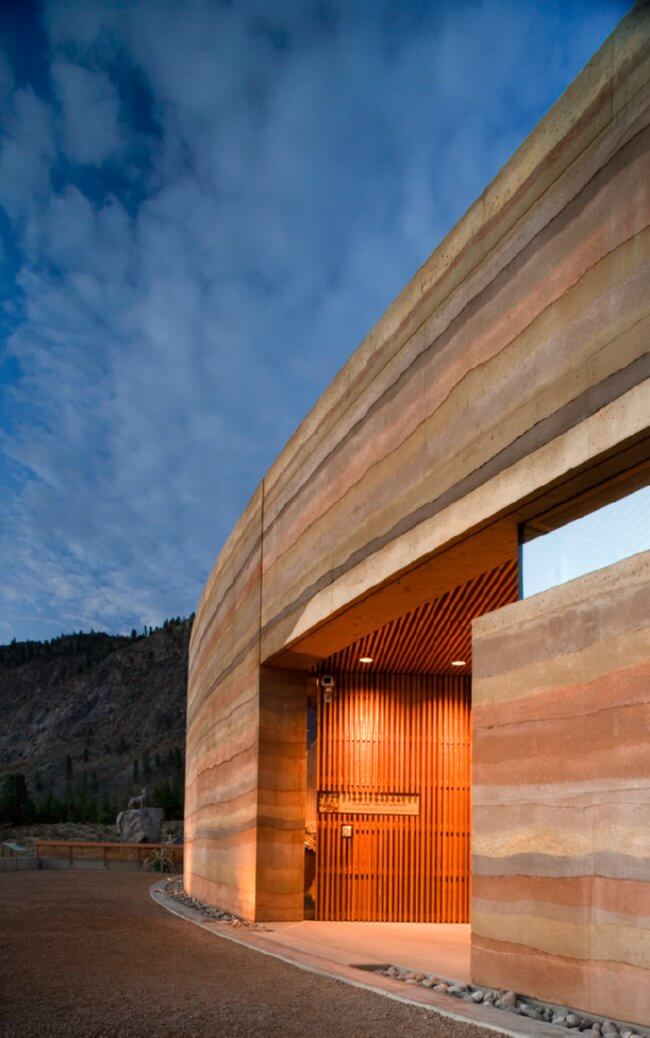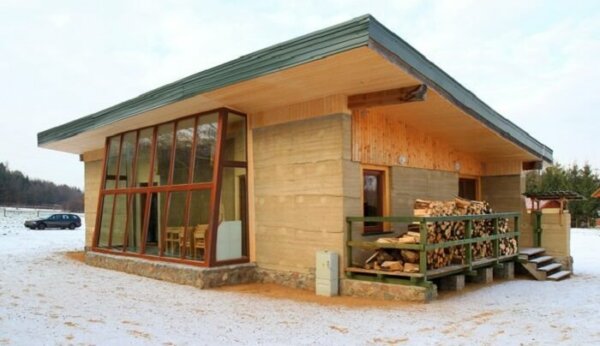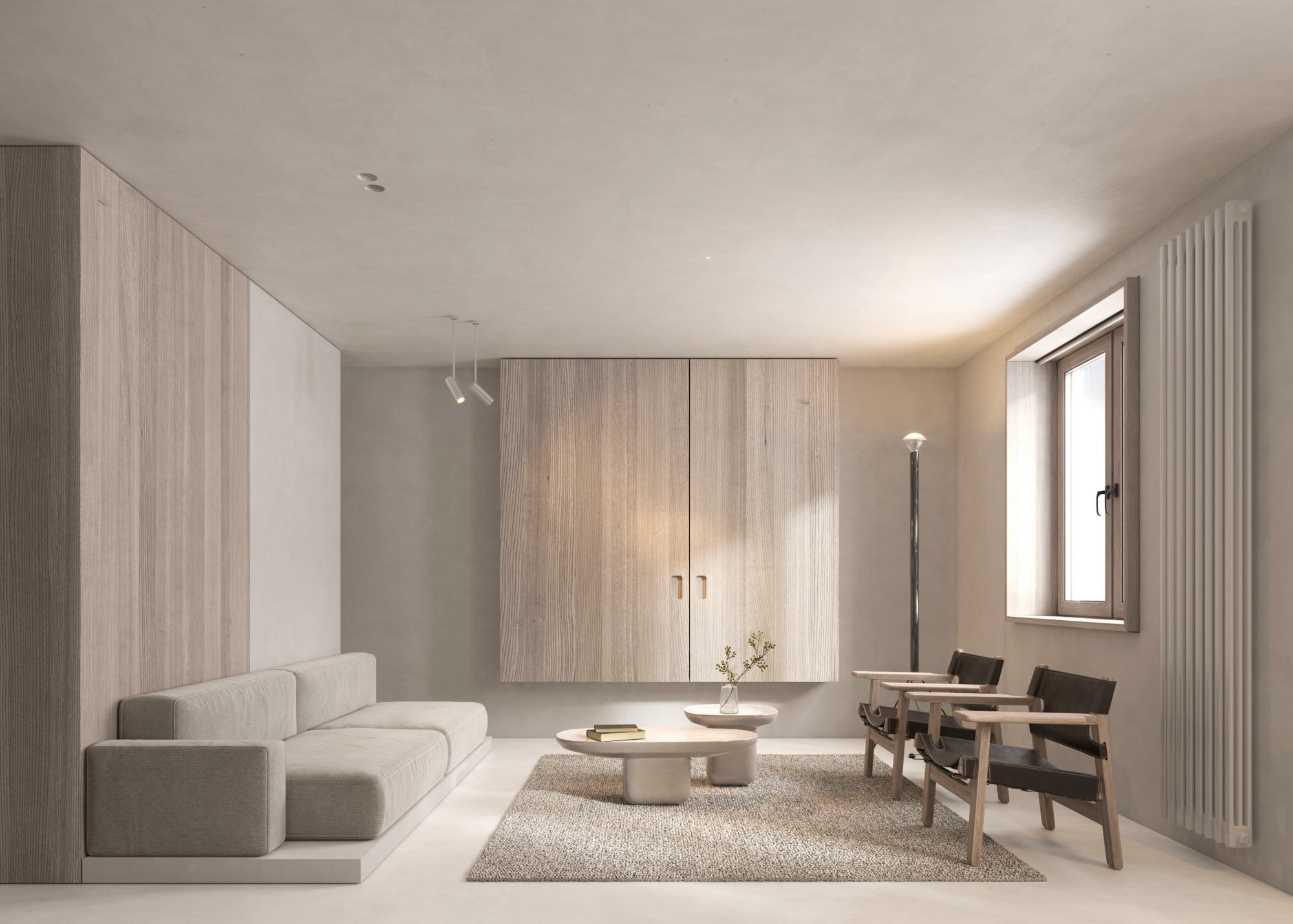
The gray‒green thin-layer structure on the erosion resistance wall surface found in the field was removed with a knife and was cultured in deionized water and BG11 medium prepared in laboratory41. The composition of BG11 (Culture medium for soil crust) is shown in Table 4. Our members adhere to the highest rammed earth building standards.
Wood Marsh creates rammed-earth Peninsula House on Australian coast - Dezeen
Wood Marsh creates rammed-earth Peninsula House on Australian coast.
Posted: Fri, 02 Feb 2024 08:00:00 GMT [source]
Art and design exhibitions
Rammed earth has been used in construction for thousands of years, with evidence of its use dating as far back as the Neolithic Period. Commonly used especially in China, the technique was applied to both ancient monuments and vernacular architecture, with the Great Wall utilizing the technique. Though interest in rammed earth declined in the 20th century, some continue to advocate its use today, citing its sustainability in comparison to more modern construction methods. Most notably, rammed earth structures use local materials, meaning they have low embodied energy and produce little waste. Though rammed-earth construction has been modernized, North America has not adopted building codes for it.
Arquipélago Arquitetos builds low-slung Brazilian house with rammed earth

Canadian builder Meror Krayenhoff has modified the ancient practices of rammed earth, creating what he calls Stabilized Insulated Rammed Earth or SIREwall®. "We use a little bit of cement—5-10 percent cement—and we use some steel reinforcing to make it strong against earthquakes. We put the soil in on either side of the foam [insulation] and compact it." Material Cultures used air-dried hempcrete (a bio-composite of hemp and a lime-based binder) for this roughly 970-square-foot residential build. Locally sourced timber and wood-fiber insulation are also among the materials used. A rainscreen cladding of larch, also locally sourced, is situated beneath the eaves of the shingled roof.
The North American Rammed Earth Builders Association
This strategic placement and material choice underscore the project’s commitment to energy efficiency. Stepping inside, the focus on natural light and connection to the outdoors continues, with a central courtyard featuring native plants offering a refuge from the sun and shaping the building’s organization. Thus, the Kalyon Energy Control Building stands as a testament to the potential for architecture to integrate with nature, fostering both ecological harmony and a sustainable workspace. The rammed earth technique is as beautiful as it is ancient, and it’s unlikely that we will ever see this construction form truly disappear.
Biological soil crusts, as part of the local biotic community, exhibit excellent adaptability and environmental friendliness, capable of sustaining themselves on the surfaces of rammed earth sites over the long term. This represents a distinct advantage over traditional engineering protective measures. The gray‒green thin-layer structure sample A1 and the parent soil layer A3 were selected for drying treatment and polished into 3 mm × 3 mm × 5 mm cubes with a knife and sandpaper for SEM observation. The test instrument used was a VEGA3 (LM) fully automated tungsten filament scanning electron microscope produced by Czech TESCAN.
Grand Designs NZ: Young couple's off-grid rammed-earth house - Stuff
Grand Designs NZ: Young couple's off-grid rammed-earth house.
Posted: Tue, 28 Nov 2023 08:00:00 GMT [source]
this earth day, designboom revisits the year's top examples of passive architecture
Positioning and requirement of insulation will depend on location and climate, but it is worth noting that rammed earth is hygroscopic, meaning the walls must be able to breath, and allow evaporation. Any finishes must be vapour permeable to ensure condensation doesn’t build up within the assembly. Rammed earth structures can be considered relatively basic and of simple form, or for eco enthusiasts. However many architects are now developing designs to use the process in contemporary projects, to spectacular effect. Today’s architects are looking at indigenous and vernacular design as greener alternatives to conventional construction and The Art of Earth Architecture shows how it can be applied to modern buildings.
As electricity prices go negative, the Golden State is struggling to offload a glut of solar power
13c and d that after 7 d of incubating the gray‒green thin-layer structure sample, bubbles formed in the water, and biological growth occurred on the surface. The gray‒green thin-layer structure samples were biological crust, and biological crusts produce air bubbles during photosynthesis in water. Figure 13d shows that algae and moss grew on the surface of the biological crust. This shows that biological crust is a complex system that involves a process of continuous evolution and growth by the joint action of algae and moss. When water and nutrients are sufficient and light and temperature are suitable for growth, and the biological crusts will transition from algal crusts to moss crusts.
Then through the field erosion test and indoor erosion test, it is confirmed that the gray-green soil crust on the surface of rammed soil improves the erosion resistance of the soil. After that, the biological characteristics of soil crust were determined by immersion test and genome test. Finally, the internal mechanism of soil crust resistance to erosion was analyzed. Designboom’s Earth Day 2024 roundup highlights the architects who continue to push the boundaries of sustainable design.
Back to Basics: 7 Homes Built With Rammed Earth
Sign up for eletters today and get the latest how-to from Fine Homebuilding, plus special offers. Rammed Earth Construction – One of Ontario’s first insulated rammed earth home is a testament to the method’s attributes. California grid operators hope that their experience will teach other states what to expect as renewables grow. “The problem we’re seeing out West — nobody else has seen this,” Loutan said. This year’s Earth Day is focusing on the threat that plastics pose to our environment, with a call to end all single-use plastic and find replacements for their use so they can quickly be phased down.
The Tucson Mountain House, in Arizona, is tucked into a secluded desert hillside. The minimalist home has a butterfly roof and large floor-to-ceiling windows, yet it blends in with the terra cotta–colored landscape surrounding it. If you pass by and don’t look closely, you might not even see it. Its architect, Rick Joy, constructed it partly out of earth, a building technique that dates back 8,000 years.
If you are tamping by hand without mechanical help, I would suggest starting with 5 inches or so of soil. After you finish this first layer, add another 5 inches of soil, and tamp it again. Whatever you choose, the foundation must be a substantial one as the weight of the rammed earth walls that will rest upon it is huge.

No comments:
Post a Comment